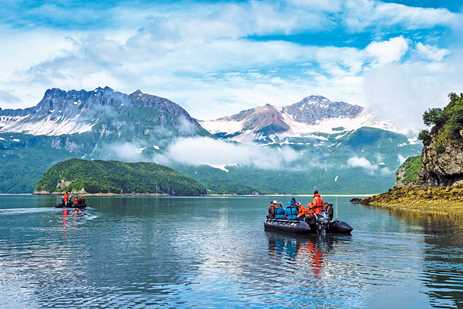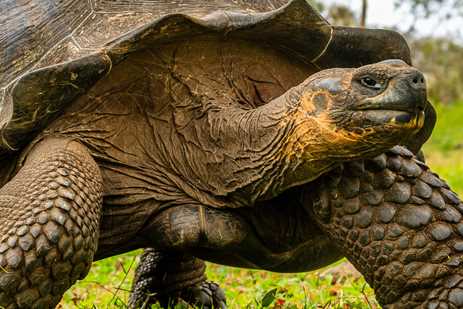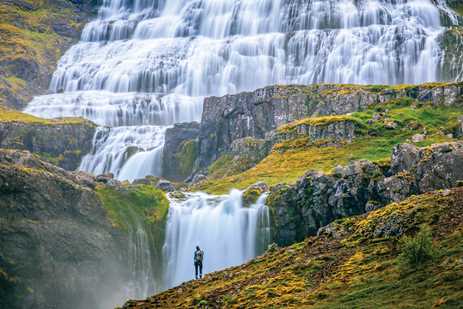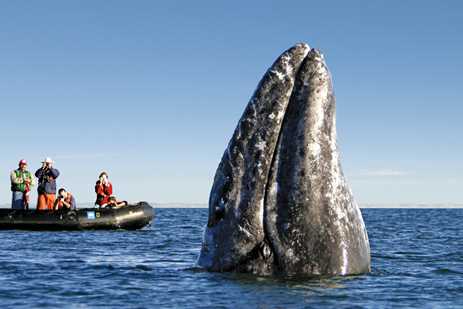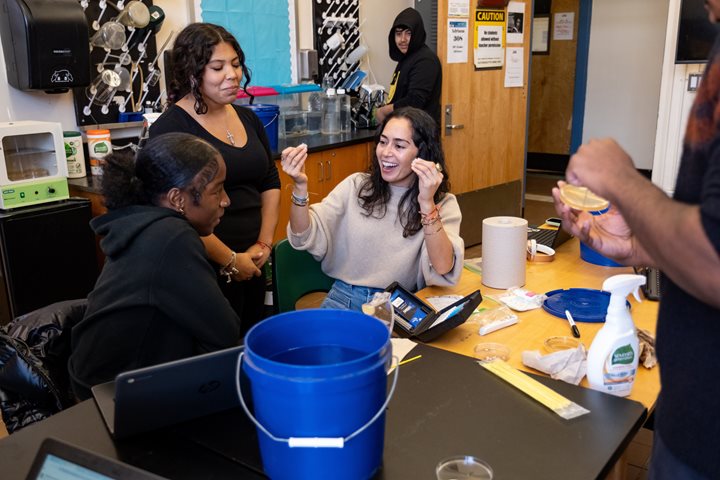We’ve all experienced that hazy, foggy-brained feeling you get after too many hours staring glassy-eyed at yet another screen—and the wave of calm and relief that hits when you finally set foot outside and breathe deep. For kids, the benefits of getting outside can be even more profound—and long lasting. But it’s only in the past few decades we’ve realized just how significant those effects can be.
Get Inspired By Photos, Videos, Webinars, Stories, And Exclusive Offers.
Sign Up
Kids thrive when they're getting regular doses of Vitamin N (for nature). Photo: David Spiegel
“When I wrote Last Child in the Woods in 2005, I could only find about 60 relevant studies,” says bestselling author Richard Louv of his reporting on the link between nature and child development. “I was stunned. I’d never encountered such a big topic that had received so little research.” His organization, the Children & Nature Network, now has a catalog of over 1000 recent studies on the matter, says Louv. “They all point in one direction: This is vital to children’s development and to our lives.”
Research suggests exposure to nature in childhood brings a cascade of positive effects as wide-ranging as better physical and emotional health, a boost in creativity and cognitive development, and even improved relationships between kids and caregivers. With the exclusive National Geographic Global Explorers program on board Lindblad's ships, kids of all ages can reap those benefits through immersive experiences that give them a front-row seat to the world's natural wonders.
Designed in conjunction with National Geographic Education, the National Geographic Global Explorers program encourages new skills, knowledge, and confidence. Photo: Marco Ricca
Former high school teacher and Certified Field Educator Jared Funderburk has witnessed firsthand how transformative these experiences of the wilderness can be. “Young people’s brains have been trained to have that constant stimulation,” Funderburk says. “Being in a classroom and accomplishing that is hard, but being in nature, all of your senses are firing. You’re seeing things, smelling things, touching things. You’re feeling the cold, or smelling the penguin guano, or hearing this humpback whale blow. All your senses are awake.”
Supercharge Kids' Health and Happiness
Expedition travel opens kids' eyes to whole new worlds, both above and below the waterline. Photo: Michael S. Nolan
It makes sense that outdoor time would organically lead to plenty of exercise. On a Lindblad-National Geographic expedition, kids aren’t merely soaking up the fresh air—our Alaska itineraries, for example, might include a group day hike to a spot ideal for scoping out brown bears as they fish, while warmer waters, like those found on our Baja California voyages create opportunites to snorkle through vibrant underwater ecosystems.
Either way, kids will reap the benefits of time outside. In a 2008 study, Australian researchers found that for each additional hour kids spent playing outside, they snagged another half-hour of heart-pumping physical activity. And when kids are measuring local bird wingspans or seeing glacial ice up-close, they’re also improving their broader well-being, suggests a 2016 review in the journal Health & Place.
Build a Happier Family
Create unforgettable family memories that will last a lifetime. Photo: Ralph Lee Hopkins.
National Geographic Global Explorers get plenty of time to explore independent of their parents, and those learning and enrichment activities often lead to a role-reversal of sorts, explains Funderburk. “We’ll sometimes have the kids give a little presentation to adults at the end of the day—oftentimes we find the Global Explorers end up knowing more about these ecosystems than anyone else on the ship.”
In between assisting naturalists with plankton tows or making an ice cream glacier sundae, kids are getting plenty of shared experiences with their parents that research suggests can bring everyone closer. A 2019 paper in the journal Leisure Studies found that families who took adventure-centric vacations together reaped the benefits in not only individual well-being, but in family cohesion and a sense of togetherness that can be trickier to find at home or on a more cosmopolitan getaway.
Give Learning a Leg Up
In Alaska, kids can make unique watercolor paintings using glacier ice. Photo: Sue Perrin
Through the National Geographic Global Explorers program, Certified Field Educators like Funderburk can help kids make new connections and get a cognitive challenge without ever realizing just how much learning they’re doing. “You become engaged and just totally in the moment when you’re out in the field. You’re seeing something new—not hearing a lesson about it or watching it on the screen, but experiencing it for yourself. Just the setting, being on a mountain or on a glacier instead of at a desk, brings this sense of excitement,” says Funderburk.
On a Journey to Antarctica, armed with their trusty field notebooks, our Global Explorers might zip out in Zodiacs to help catalog penguin colony populations or whale sightings—the same kind of work done by professional wildlife biologists. A 2020 Stanford review reported that environmental education programs like this gave children a leg up in a number of areas, including cognitive development and building language and literacy skills.
Budding photographers can enhance their skills with experts by their side. Photo: Bennett Goldberg
Some of that learning, says Louv, has impacts far more lasting and wide-reaching than we realize–and implications for inclusiveness and how to coexist in an increasingly polarized world. “Nature is one thing in this world we share. We can divide ourselves in all sorts of ways, but we all have nature in common. It’s in our genetics. It’s where we come from.”


